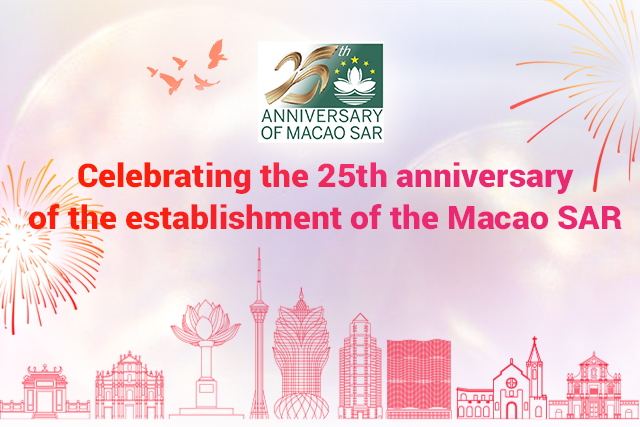Chongqing sets sights firmly on future
By WANG HAO, CHEN ZHIMING, TAN YINGZI and CHENG YU in Chongqing | CHINA DAILY | Updated: 2021-01-19 07:22

Municipality aims to become world-class, tech-savvy hub
In 2019, when Han Daguang, co-director of a research institute at the University of Leuven in Belgium, moved his family of four to Chongqing, his friends were surprised by the decision.
Overseas Chinese used to choose cities in coastal areas when they relocated to the country, but that has changed.
The research institute that employed Han in Chongqing's Liangjiang New Area, the nation's first inland economic development zone, received a flurry of 40 resumes in just one week from Chinese students living abroad, 20 percent of whom hold doctorates from top overseas universities.
Han, 39, who was born in Northeast China, said he chose Chongqing for its preferential policies, competitive salaries and subsidies, sound working environment, advanced education facilities and the vision and determination of the local government to drive technological innovation.
The rags-to-riches transformation of Liangjiang New Area has fueled the arrival of a flood of new talent. It is the country's third State-level economic development zone, after Pudong New Area in Shanghai and Binhai New Area in Tianjin, and aims to help build Chongqing into a world-class, tech-savvy city.
Located where the Yangtze and Jialing rivers converge, the site used for the new area was occupied 10 years ago by numerous hillside homes and large areas of farmland. Now, gleaming skyscrapers shed light on the rivers day and night.
The 1,200-square-kilometer area, which occupies 1.5 percent of the land in Chongqing, produces 15 percent of the city's economic output and has become a key driver for such growth.
The area's transformation is also part of a broader effort by the Chongqing government to drive the development of inland cities.
As a mountainous metropolis on the upper reaches of the Yangtze, Chongqing is particularly well suited to play its role as a gateway to western regions.
The city boasts a large river port, international airport and a network connecting railways, waterways and roads in countries taking part in the Belt and Road Initiative. This has helped the city become an international trade and logistics hub linking China, Europe and other parts of Asia.
Last month's annual tone-setting Central Economic Work Conference highlighted the role of regional development and efforts to promote high-quality coordinated expansion at this level.
At the conference, it was agreed to advance technological innovation by attracting high-level talent to solve major problems restricting the nation's economic development.
























